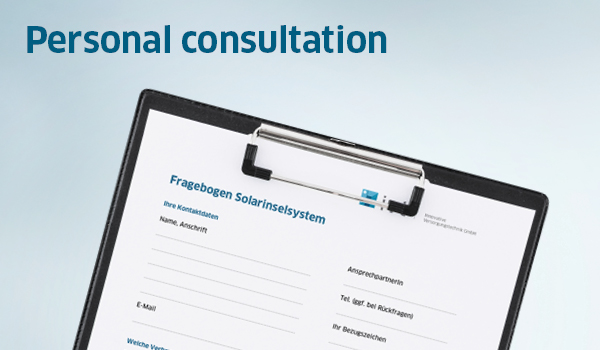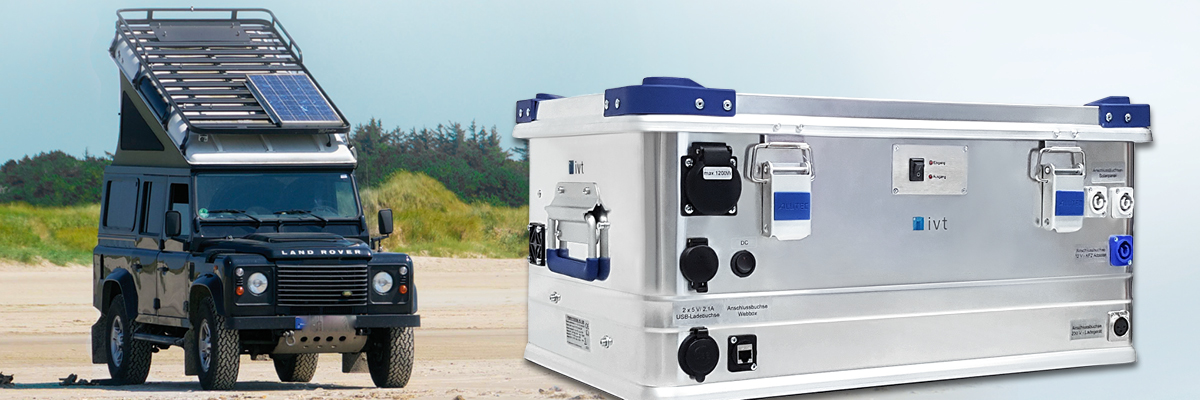

The solar controller is the most important link between the photovoltaic module and the solar battery and therefore the central control element of the self-sufficient stand-alone system – because it manages the entire system.
![]()
![]()
![]()
![]()
![]()
![]()
![]()
![]()
FAQ | Useful informations about solar technology
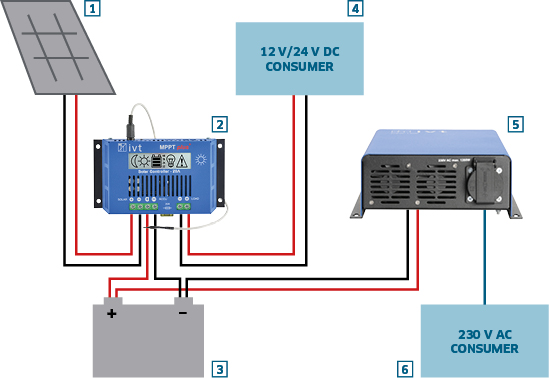

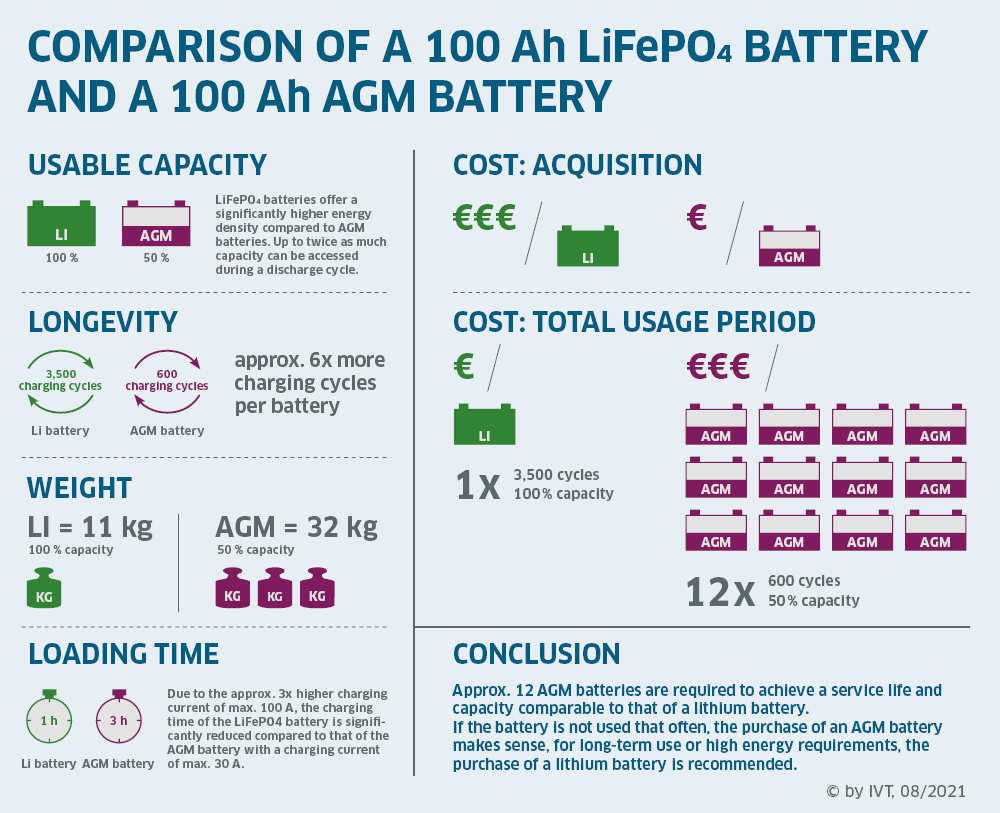
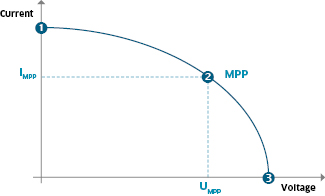
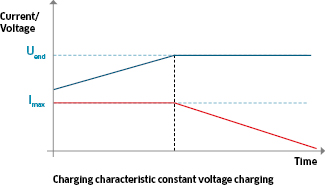
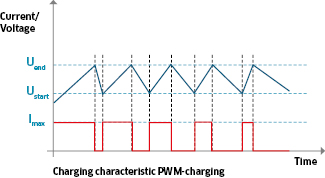
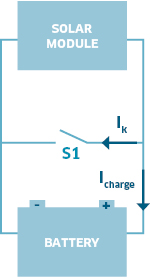 |
Shunt regulation
During the charging process the solar module is connected with the battery via charge controller and charging current Icharge is fed from the solar module to the battery. Yet, this process is only given if the solar voltage is higher than the required cut-off voltage of the battery. If this cut-off voltage is reached, this is recognized by the charge controller and the solar cell is shorted via contact S1. Thus, the current flow from the solar module to the battery is stopped. With this, overcharging and damage to the battery is prevented. The entire current IK, provided by the solar module flows to the closed short circuit contact and will be converted to heat within the charge controller. On the solar module diagram (chart 1) the working point moves to point 1 at full battery condition. During the charging process the working point is between point 1 and 2. Advantages shunt regulation
Disadvantages shunt regulation
|
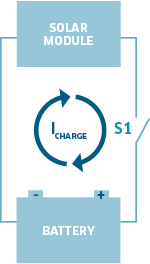 |
Serial regulation
The solar module is connected with the battery which is to be charged by means of the charge controller and charging current Icharge is fed into the battery. Yet, this process is only given if the solar voltage is higher than the required cut-off voltage of the battery. If the cut-off voltage is reached, the charge controller detects this and disconnects the battery by means of the switch contact S1. With this, the current flow to the battery is stopped. Thus, overcharging and damage to the battery is prevented. On the solar module diagram (chart 1) the working point moves to point 3 at full battery condition. During the charging process the working point is between 1 and 2. Advantages serial regulation
Disadvantage serial regulation
|
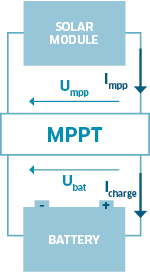 |
MPPT regulation
By virtue of the Maximum Power Point Tracker (MPPT) it is achieved that at all times the maximum possible solar power Pmpp is converted into the maximum possible charging power Pbat for the connected battery. Pmpp = Pbat Umpp • Impp = Ubat • Ibat The MPPT function determines the working point of the solar panel at which the maximum solar power Pmpp is available (chart 1, point 2). This maximum power is processed by the MPPT into the required battery charging voltage Ubat and the corresponding charging current Icharge. Charge controllers without this function are not able to process excessive voltage. Charge controllers with this function are able to also take advantage of the excessive voltage. Advantages MPPT regulation
Disadvantage MPPT regulation
|

|
|

|
|

|
|

